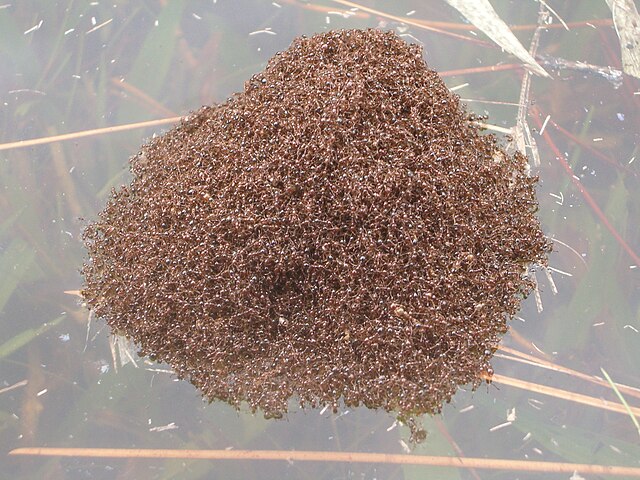Fire ant infestations pose a significant challenge for homeowners, particularly in warmer regions where these aggressive pests thrive. Characterized by their reddish-brown color and painful sting, fire ants are notorious for invading lawns, gardens, and occasionally even indoor spaces in search of food and nesting sites. Unlike other ant species, fire ants build visible mounds in open, sunny areas, making it relatively easy to identify their presence. However, their ability to rapidly expand their colonies means that a small infestation can quickly escalate, leading to numerous stings for unsuspecting individuals.
Effective pest control treatments for fire ants frequently need to address both the visible mounds and the broader colony. One common approach is the application of bait containing insect growth regulators or slow-acting insecticides. These baits are carried back to the nest by worker ants, allowing them to poison the queen and many other colony members over time. Liquid insecticides are also commonly used for immediate knockdown of fire ants on contact but often don’t fully eliminate the colony. For large infestations, treating the mounds directly with granular insecticides or dusts can rapidly reduce ant populations. Combining these methods—using bait for long-term colony control and direct treatments for immediate issues—tends to yield the best results.
Preventative measures are essential for managing fire ant populations and reducing the likelihood of infestations. Homeowners can begin by identifying and treating existing nests in their yards, thereby limiting the number of potential invaders. Maintaining a clean outdoor environment, where food scraps and organic debris are promptly removed, can help minimize attractions for fire ants. Additionally, making landscaping choices that deter fire ants by utilizing mulches or ground covers that do not provide a conducive nesting environment can be beneficial. Regular monitoring of properties and neighborhood collaboration in ant control efforts can further enhance these strategies, contributing to a more fire ant-free living space.
Disclaimer: This information is for general knowledge and interest only. Consult a pest control professional for specialist and accurate advice.

Typical Fire Ants
Photo taken by Stephen Ausmus

